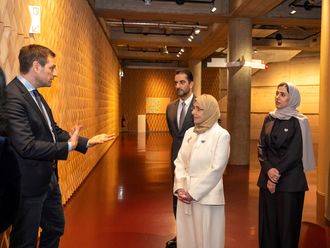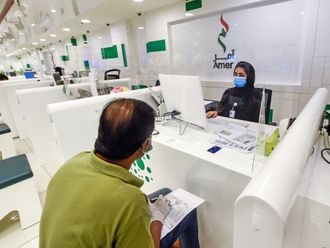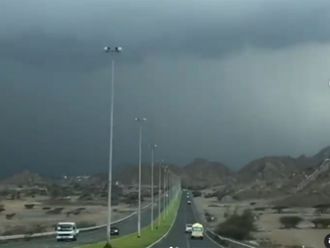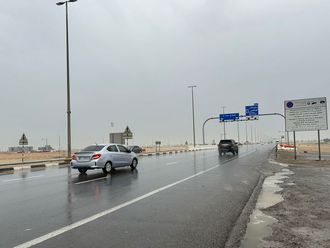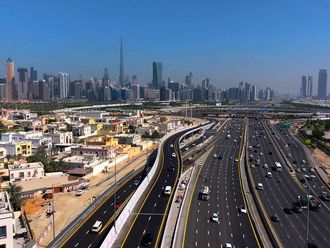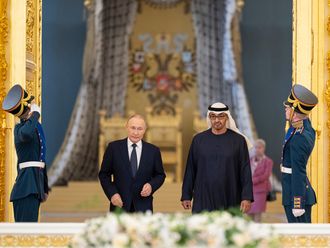The Abu Dhabi Islands Archaeological Survey (ADIAS) has prepared a detailed sensitivity study for Abu Dhabi Municipality and the Town Planning Department as a guideline to protect archaeological sites on Dalma Island.
The sensitivity study of the archaeological sites on the island was prepared by Resident ADIAS Archaeologist Daniel Hull and has been submitted to the Municipality and Town Planning Department, as well as the Sewerage Projects Committee.
The study provides them with guidelines on where particular care needs to be taken while undergoing development work on Dalma.
"With the rapid pace of urban development on Dalma, it is important that the relevant authorities are advised not only about the location of known sites, like the Ubaid-related settlement dating back to more than 7,000 years ago, the oldest in the Emirates, but also of the techniques that need to be adopted when further work is being planned," said the ADIAS monthly newsletter for June.
The study was prepared by an ADIAS team, headed by Hull, with the assistance of municipality staff and contractors involved in development projects on the island.
The municipality has now instructed contractors on the island to liaise closely with ADIAS and the Environmental Research and Wildlife Development (ERWDA) on further work, while the mapping included with the study will help the municipality to identify areas within the existing town of Dalma where important archaeological sites may yet remain undiscovered.
Last year, Sheikh Hamdan bin Zayed Al Nahyan, Minister of State for Foreign Affairs and Deputy Chairman of ERWDA, issued a regulation for contracting companies to get permission before starting their work to preserve archaeological and protected environmental sites in the emirate.
A letter containing the new regulation was sent to Abu Dhabi Public Works Department, Supreme Petroleum Council, ADNOC, Abu Dhabi Municipality and Planning Department and Ruler's Representative in the Western Region for implementation.
The regulation requires all the authorities and contracting companies to get official permission from the ERWDA and ADIAS for any construction plans involving digging. The permission will be approved by ERWDA after an investigation of the site is carried out by both ERWDA and ADIAS.
The regulation was triggered by the digging of a trench at the one of the most important sites on Dalma Island last year.
Meanwhile, the ADIAS newsletter also referred to a short season study on excavated materials from pre-Islamic Christian archaeological sites on Abu Dhabi's islands of Sir Bani Yas and Marawah.
According to the newsletter, the short season study in April yielded important new dating about the structure of the settlements, and about their cultural links with other areas of the peninsula.
The two sites, identified by ADIAS in 1991 on Sir Bani Yas, and 2000 on Marawah, are the only confirmed archaeological evidence of the presence of Christians in south-eastern Arabia in the period immediately before the coming of Islam in the 630s.
The Director of the excavations at the two sites, Dr Joe Elders, who is also in charge of archaeology for many of Britain's churches, and Dr Emma Loosley, from the University of York, an expert in the early history of Christianity in the Arab Middle East, completed a two week study of the pottery and plaster from the Sir Bani Yas and Marawah sites in early April.
According to Dr Elders and Dr Loosley, a study of the plaster from the Sir Bani Yas site indicates that the inhabitants of the monastery were influenced by cultural links with Arab Christian communities in parts of the Levant, such as Syria.
Historical research carried out by Dr Elders and Dr Loosley also suggests that the Christian communities of the Gulf were also closely involved in the pearling industry prior to the coming of Islam in the region.
ADIAS study on Dalma island sites
The Abu Dhabi Islands Archaeological Survey (ADIAS) has prepared a detailed sensitivity study for Abu Dhabi Municipality and the Town Planning Department as a guideline to protect archaeological sites on Dalma Island.


